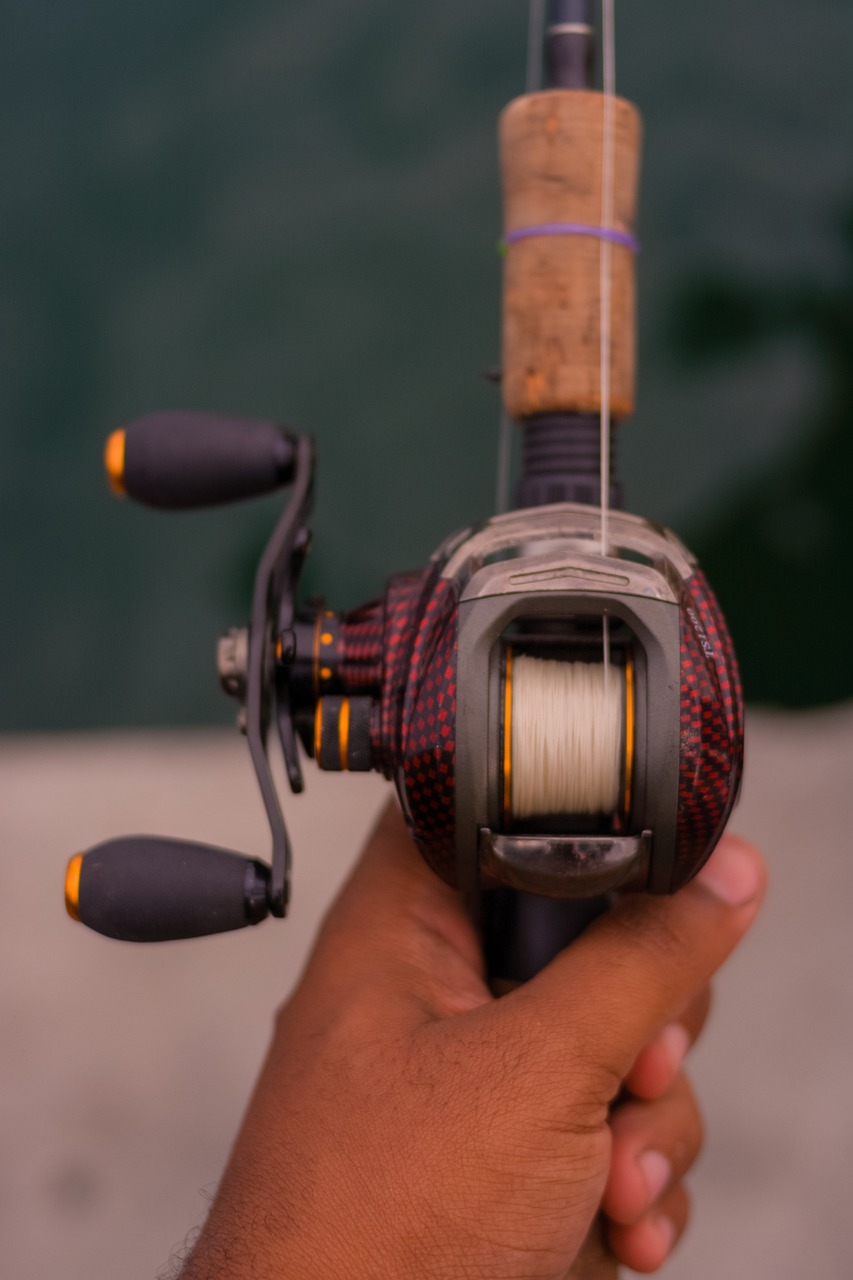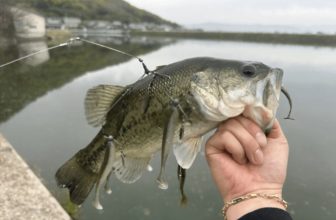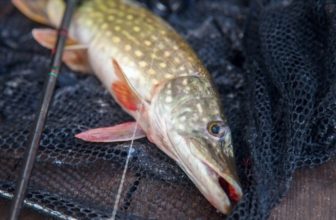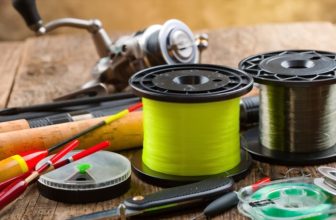
Are you tired of your fishing line getting twisted and tangled every time you cast out your line? It can be frustrating and time-consuming to constantly have to deal with a twisted line. But don’t worry, there are simple solutions to straighten your line and prevent future tangles.
In this article, we’ll go over the common causes of twisted fishing line and provide you with techniques to straighten it out. We’ll also give you tips on how to prevent twisted line in the future and maintain straight fishing line for a successful day of fishing.
So, grab your fishing gear and let’s get started!
Understanding Common Causes of Twisted Fishing Line
Understanding the most prevalent reasons for twisted fishing line can aid in developing effective solutions. One of the most common causes of twisted line is improper spooling. When you spool your fishing line, it should come off the spool in the same direction that it was wound. If you spool it in the opposite direction, it can cause twists and kinks in your line that will make it more difficult to cast and retrieve.
Another cause of twisted fishing line is casting technique. If you don’t cast your line properly, it can create a twist in the line as it flies through the air. This can be especially problematic when using lures or flies that spin in the water, as the twist in the line will cause the lure to spin in the opposite direction, making it less effective.
Finally, using old or damaged fishing line can also cause twisting. As your line ages, it can become brittle and more prone to kinking and twisting. If your line has been damaged by rocks or other obstacles in the water, it can also develop twists and knots that will make it difficult to use.
By understanding these common causes of twisted fishing line, you can take steps to prevent and correct them, ensuring that your fishing trips are more successful and enjoyable.
Using a Line Spooler to Straighten Your Line
You can easily improve the quality of your cast by using a line spooler to keep your line organized and tangle-free. A line spooler is a device that holds the spool of fishing line in place and rotates it as you reel in the line. This helps to prevent twists and tangles from occurring, which can affect the accuracy and distance of your cast.
To use a line spooler, simply attach the spool of fishing line to the spool holder on the line spooler. Then, feed the line through the guides on your fishing rod and reel. Turn the handle on the line spooler to rotate the spool of fishing line as you reel it onto the reel. Keep the line taut as it is reeled in to prevent any twists or tangles from forming.
Using a line spooler can help to straighten your fishing line and prevent it from becoming twisted or tangled. This simple tool can make a big difference in the quality of your cast, allowing you to enjoy a more successful and enjoyable fishing experience.
So, next time you’re out on the water, be sure to bring along a line spooler to keep your line organized and ready for action.
Straightening Your Line with a Pencil or Similar Object
Grabbing a pencil or similar object, it’s helpful to gently roll the line between your fingers to achieve a smoother and more controlled cast. This technique works best with monofilament and fluorocarbon lines, as they are more prone to twisting and tangling.
Simply hold the pencil at one end and pinch the line between your fingers at the other end. Then, roll the pencil back and forth while applying slight pressure. As you continue to roll the line back and forth, pay close attention to any knots or tangles that may be forming.
If you feel any resistance, stop rolling and gently work out the knot or tangle with your fingers. It’s important to take your time and be patient, as rushing the process can cause more damage to the line.
Once you’ve rolled the line for a few minutes and it feels smoother and more controlled, it’s time to test it out with a few practice casts. Keep in mind that it may take a few attempts to get the hang of the new feel of the line, but with practice and patience, you’ll be casting like a pro in no time.
Preventing Twisted Line in the Future
To avoid twisted line in the future, it’s important to regularly check for any knots or tangles and take the time to gently work them out before casting. This is especially important when using spinning reels or when fishing in fast-moving water. A twisted line can reduce the sensitivity of the rod, making it harder to detect bites, and can also cause the line to break or tangle during casting.
Another way to prevent twisted line is to avoid making sharp turns or casting in windy conditions. If you’re fishing in a river or stream, try to cast upstream and let the current carry your bait downstream. This will help prevent the line from getting twisted or tangled in the water.
Additionally, make sure to properly store your fishing gear when not in use, as leaving your line coiled or tangled can cause permanent kinks or twists.
If you do find yourself with a twisted line, don’t worry – it’s an easy fix. Simply reel in your line and gently straighten it out with your hands or by running it through a cloth or your fingers. With a little bit of patience and care, you can prevent twisted line and ensure a successful and enjoyable fishing trip.
Tips for Maintaining Straight Fishing Line
Maintaining a smooth and tangle-free line is key to a stress-free and successful fishing experience. Here are some tips for keeping your fishing line straight and in good condition:
First, always make sure to properly store your fishing line. When not in use, keep it in a cool, dry place out of direct sunlight. This will prevent any warping or damage to the line that could cause it to become twisted.
Second, regularly clean your fishing line. This can be easily done using a soft cloth and warm, soapy water. Gently wipe down the line, removing any dirt or debris that may have accumulated during use. This will help prevent any buildup that could cause the line to become tangled.
Third, avoid using too much tension when reeling in your catch. This can cause the line to become stretched out and lose its shape. Instead, use a steady and gentle pressure to bring in your fish. By following these tips, you can maintain a straight and tangle-free fishing line for all your future fishing adventures.
| Column 1 | Column 2 | Column 3 | Column 4 | Column 5 |
|---|---|---|---|---|
| Stress-free fishing | Successful fishing | Smooth line | Tangle-free line | Straight fishing line |
| Proper storage | Regular cleaning | Soft cloth | Warm, soapy water | Avoid using too much tension |
| Cool, dry place | Gently wipe down | Dirt and debris | Prevent buildup | Steady and gentle pressure |
By following these simple tips, you can maintain a straight and tangle-free fishing line for all your future fishing adventures. Remember to store your line properly, clean it regularly, and avoid using too much tension when reeling in your catch. With a little bit of effort, you can ensure that your fishing line is always in top condition and ready to use whenever you need it. Happy fishing!
Frequently Asked Questions
Can I use a hair straightener to straighten my fishing line?
No, you should not use a hair straightener to straighten your fishing line. Instead, try running the line through a damp cloth or soaking it in warm water before stretching it gently.
How do I know if my fishing line is too old to be straightened?
To determine if your fishing line is too old to be straightened, look for signs of wear and tear such as nicks, frays, or discoloration. If it appears damaged, it’s best to replace it rather than trying to straighten it.
What is the best way to store my fishing line to prevent it from becoming twisted?
To prevent your fishing line from becoming twisted, store it properly on a spool or reel. Avoid leaving it in direct sunlight or extreme temperatures, and try to use it regularly to prevent it from getting tangled.
Can I straighten my fishing line without having to remove it from my reel?
Yes, you can straighten your fishing line without removing it from the reel. Simply stretch it out and run it through your fingers to remove any twists or kinks.
Will using a heavier weight fishing line help prevent it from becoming twisted?
Using a heavier weight fishing line may reduce the likelihood of it becoming twisted, but it won’t necessarily straighten a line that is already twisted. To straighten a line, you may need to remove it from the reel and use a line straightener tool.
Conclusion
Congratulations! You now know how to straighten your fishing line. By understanding the common causes of twisted line and using a line spooler or pencil to straighten it out, you can ensure a more successful and enjoyable fishing experience.
Remember to always take proper care of your fishing line and prevent it from getting twisted in the future. This includes using a quality reel, avoiding overfilling the spool, and properly storing your line.
By following these tips and maintaining straight fishing line, you’ll be well on your way to catching more fish and enjoying your time on the water. Happy fishing!







